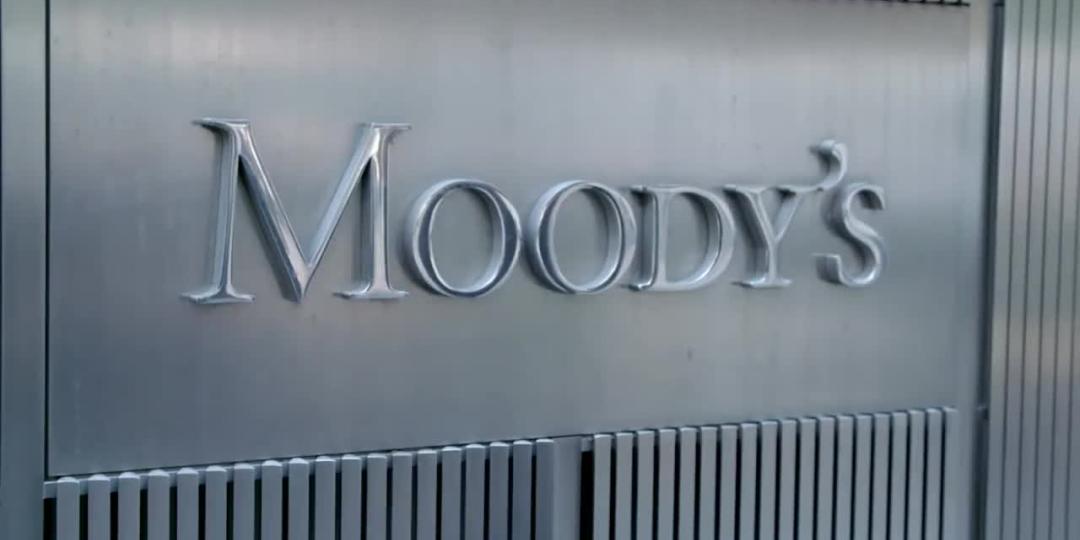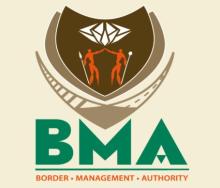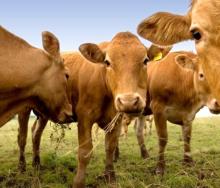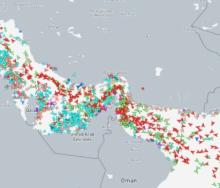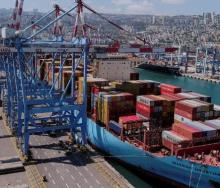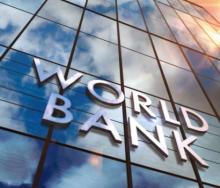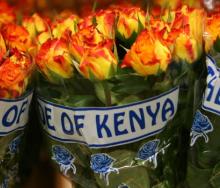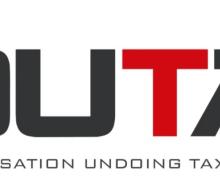Moody’s Investors Service’s upgrade of its outlook on South Africa’s credit rating to stable from negative on Friday night followed a week of several positive economic data set releases, including a spike in vehicle sales and exports in March.
Moody’s decision affirmed the country’s long-term foreign and local currency debt ratings at ‘Ba2’ and revised the outlook to stable from negative. However, the rating is still two notches below investment grade.
According to Moody’s, the key driver behind the decision was the improved fiscal outlook that raises the likelihood of government’s debt burden stabilising over the medium term. The government had also shown it was able to reprioritise its spending while staying committed to fiscal consolidation, which the ratings agency said it expected would continue.
National Treasury said in a statement in reaction to the decision that the government’s “steadfast commitment to restoring sustainability to public finances” had been supported by better-than-expected revenue collection.
“As stated in the 2021 MTBPS and 2022 Budget, government is using a portion of the additional revenue to accelerate debt stabilisation, with the majority targeted to address urgent social needs, promote job creation through the presidential employment initiative, and support the public health sector,” Treasury said.
According to the Bureau for Economic Research, Moody’s decision was “good news” for the economy.
“The agency cited an improved fiscal outlook due to government’s consolidation efforts, and positive external developments in the form of higher commodity prices as the key reasons behind the improved outlook. The announcement may provide some further wind in the local currency’s sails, as the rand managed to close the week stronger than R15/$ once again, despite a somewhat stronger US dollar overall,” the BER said.
The Absa PMI (Producer Manufacturing Index) had risen to a “solid” 60 points in March, it added. However, while orders and activity remained robust for now, sentiment among respondents about future business conditions had turned “decidedly less optimistic”.
“Respondents are likely worried about the stagflation - lower global growth and thus weaker demand for SA exports - as well as a further rise in domestic input cost pressure impacts from the war in Ukraine. Indeed, like many of its international counterparts, the purchasing price index (PPI) of the Absa PMI surged in March.”
PMI hit 95.9 points, the highest level since the BER started publishing the PMI in 1999.
“This suggests further upward pressure on factory-gate prices after last week’s PPI figure already showed a renewed acceleration in February. Headline PPI rose by 10.5% year-on-year as petroleum and coal prices surged by 31.7% year-on-year,” the Bureau said.
The Automobile Business Council’s (Naamsa) domestic new vehicle sales data for March exceeded expectations.
“Sales rose by 16.5% year-on-year to 50 607, the highest number of monthly sales since October 2019, again buoyed by sales to the car rental industry. In a positive sign for 2022Q1 GDP growth momentum, total domestic vehicle sales rose by 14.5% quarter-on-quarter in Q1,” the BER added.
However, vehicle export sales disappointed and declined by 12.45% year-on-year, and tanked by more than 29% in the first quarter.
“Positively, private sector credit data showed a 3.6% year-on-year uptick in February on the back of higher borrowing by corporates. The trade balance, while still in surplus, came in lower than expected. Sars data showed that the surplus rose to R10.6bn in February from an upwardly revised R4.1bn in January, as exports rose by 8% month-on-month and imports by 3.1%. Sars also provided preliminary tax data for the 2021/22 fiscal year through March 21. With collections significantly higher than the (Covid-affected) year before, tax revenue rose by more than 25% year-on-year,” the BER said.
